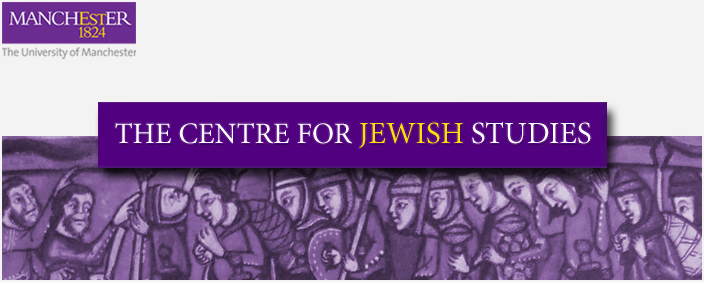Mizrachi
Within a year of the founding of the Mizrachi in Vienna (1902), there were 210 societies in Eastern Europe with a membership of over 5000. Originally, the organisation had intended to stand guard over the Zionist movement to maintain its pure political character. But when cultural aspects began to be included in Zionist activities, it was decided that a reversal in policy was required, so as to ensure the traditional religious character of Jewish culture. Adherence to the Law and Tradition was increasingly emphasised, as is illustrated by the Pressbourg Conference (1904) statement:
"The Mizrachi maintains that the revival of the land and language can only be regarded as a portion of Israel, and one does not fulfil his duties towards the whole of Judaism by participation in these activities alone."
Regarding the growth of the movement in England, a Mizrachi Society had existed in the East End of London "many years ago", but dissolved through lack of support. Later, some Jewish Belgian refugees who had settled in North London established a Society in that district, another emerged in the Dalston district, and, under Rabbi Dr V Schönfeld, a London provisional committee was set up which established links with Mizrachi societies in America and Palestine. Nevertheless, it was Rabbi Israel Joffey whose work over many years in the provinces established him as the most significant leader of the English movement.
Weizmann’s telegram to the Manchester Conference (28-29 December 1918) read,
"I watch with sympathetic interest the rapid growth of the Mizrachi movement in the United Kingdom, I fervently hope that your gathering today, the first of its kind in this country, will contribute to the unity of our people, so essential at this hour. The vast body of religious opinion in Jewry which is the backbone of the Jewish Nation, cannot but reassert how indissolubly the Jewish People are bound up with Eretz Yisrael Bevircath Zion."
See:
‘Report of The First Mizrachi Conference in the United Kingdom’ (London: Mizrachi Centre, 1920).



